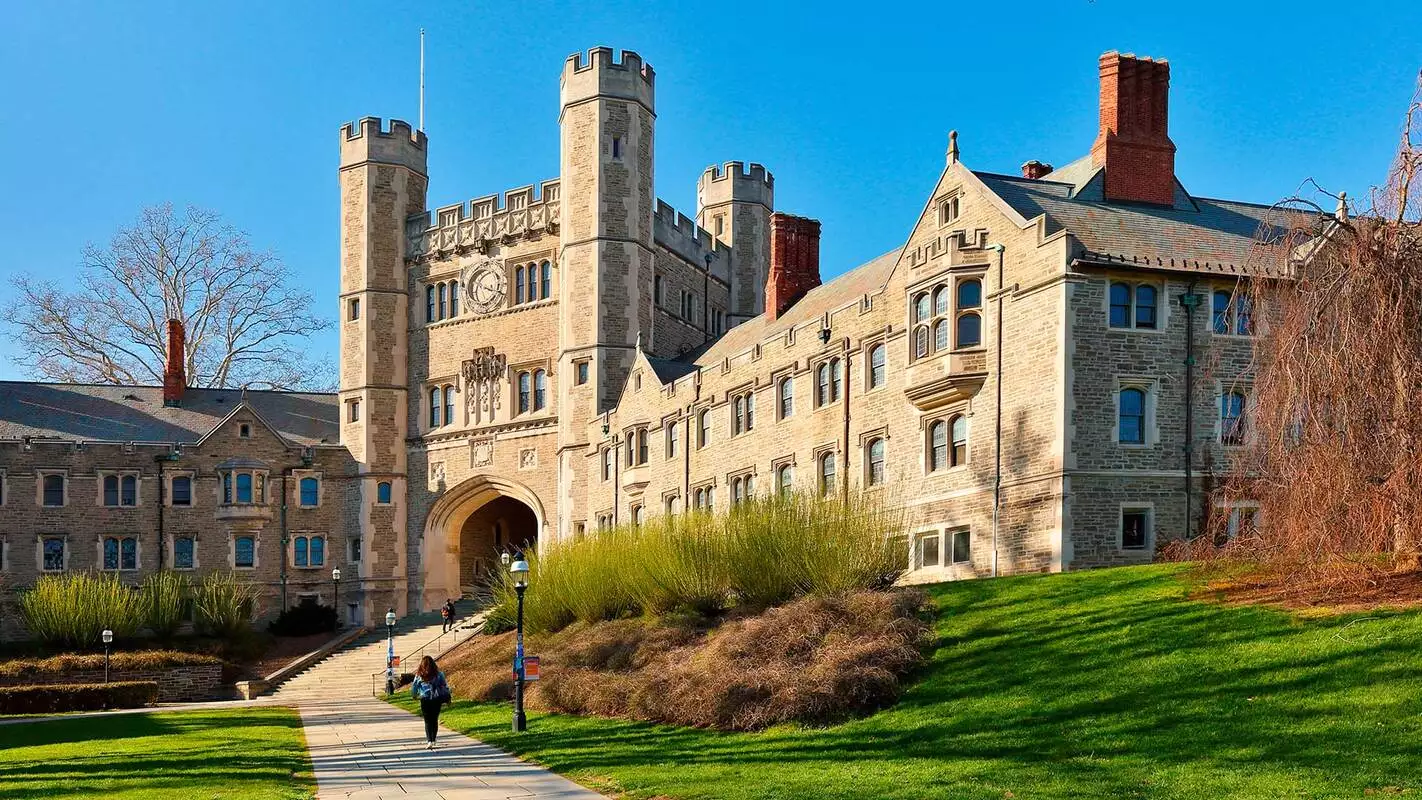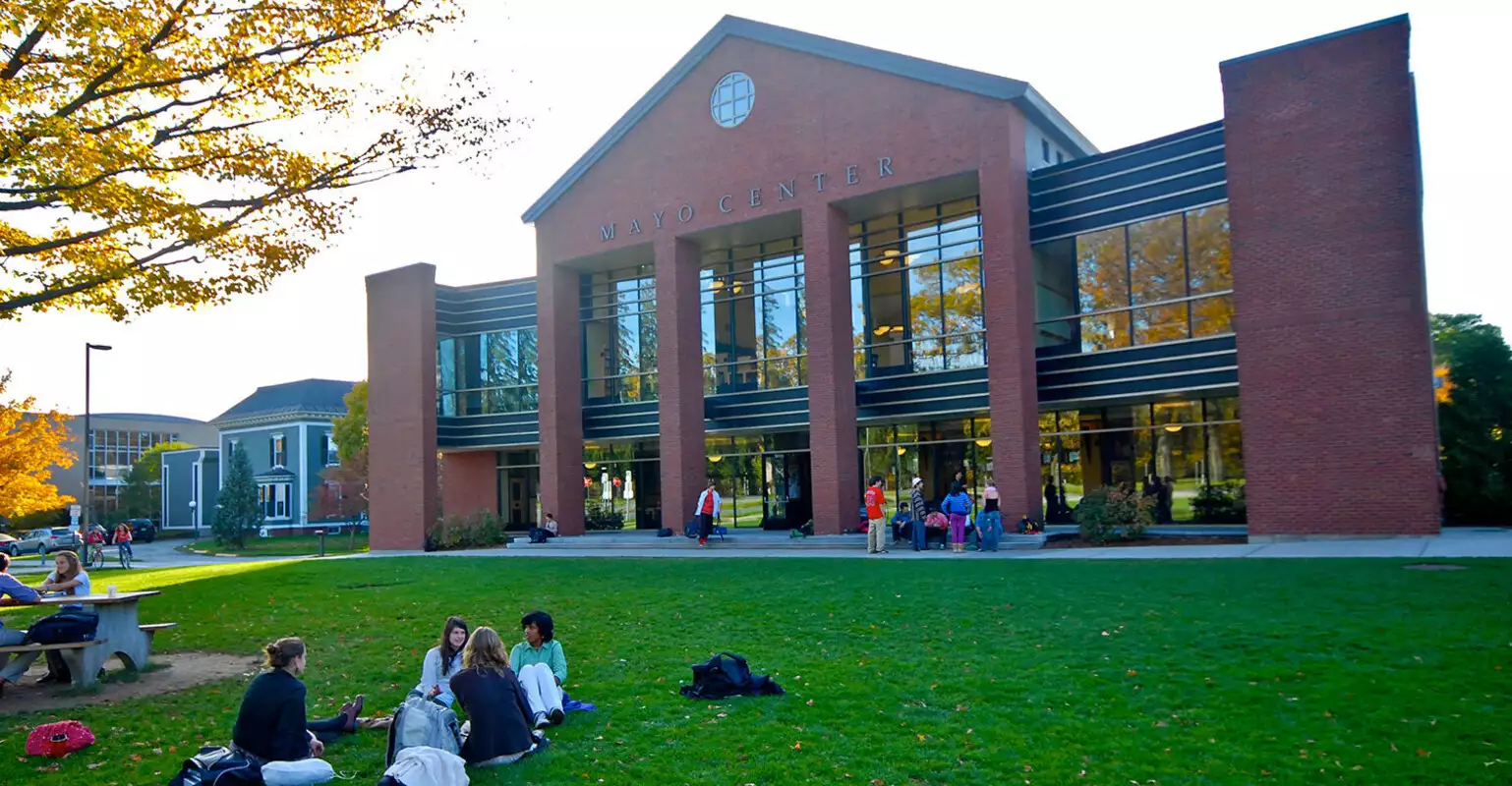A study of the cost of education in the United States

Reasons for the rising cost of education in the United States:
The cost of tuition is one of the main factors why the cost of education has risen so dramatically over time. As universities are becoming more and more numerous, competition is driving up prices as universities try to attract more students by offering better facilities and amenities. In addition, tuition fees have increased significantly due to inflation as well as the rising costs associated with running a university such as faculty salaries, research funding, etc. Another reason for the rising cost of education is government policies that have led to an increase in student loan debt across the country.
9 October 2024
29 January 2025
29 September 2025
9 October 2024
The impact of rising education costs on students and families:
The psychological impact of the rising cost of education on students can be huge, as many students find it difficult to get the education they want due to financial hardship. This can force students to make decisions that may not be in their best interest, such as taking out large loans or working multiple jobs while studying, which can negatively impact their academic performance and mental health. For lower-income families or those who are unable to take out large loans or make significant contributions to tuition fees, this means that they often have no choice but to sacrifice other essentials for their children's education, which can lead them into long-term financial hardship later on.
Solutions to reduce the cost of education:
There are several solutions that can help alleviate some of these problems with the rising cost of education, such as lowering university tuition or providing more grants/scholarships/loans specifically for low-income families so they don't take out bigger loans than they need or can't afford to pay them back later, after graduation. In addition, access to educational resources needs to be improved so that all people, regardless of socioeconomic class, can receive a quality education at an affordable price whenever possible. Finally, there needs to be more transparency between university and school administrations so that prospective students know exactly what is expected of them when they enroll in certain programs to ensure that they are not financially stranded.
Conclusion:
Overall, while the cost of education is certainly high in many countries around the world, especially when adjusted for inflation, it is important to remember that the measures being taken help reduce the burden that students' families face when trying to pay for these costs in the long run. Hopefully, with continued efforts, future generations will not have to worry so much about paying for college degrees, allowing them to focus their energy on other avenues such as finding good jobs, advancing their careers, and so on.
Comment
Popular Posts
9 October 2024
9943
29 September 2025
393
9 October 2024
1487
Popular Offers

Subscribe to the newsletter from Hatamatata.com!
Subscribe to the newsletter from Hatamatata.com!
I agree to the processing of personal data and confidentiality rules of Hatamatata





